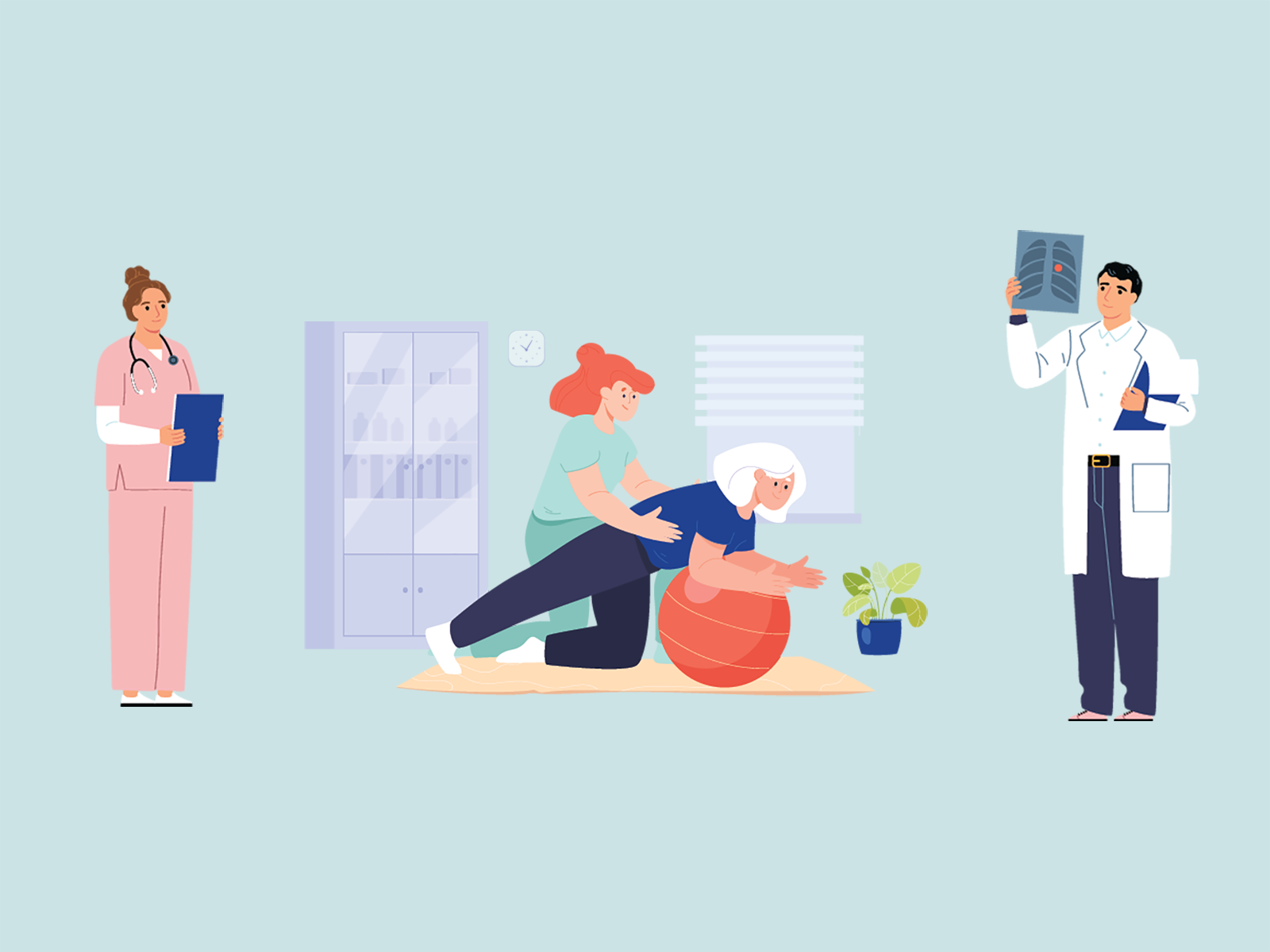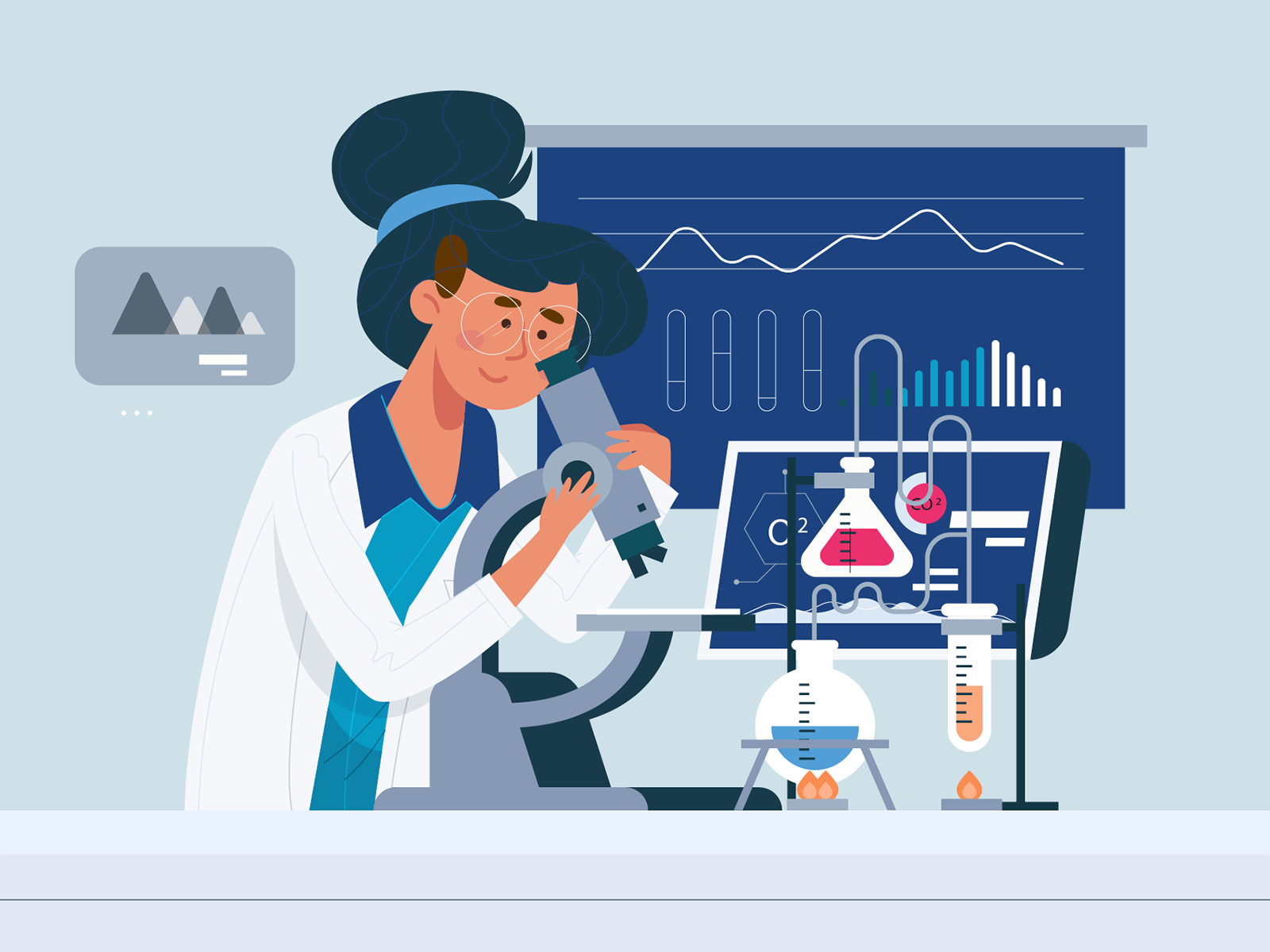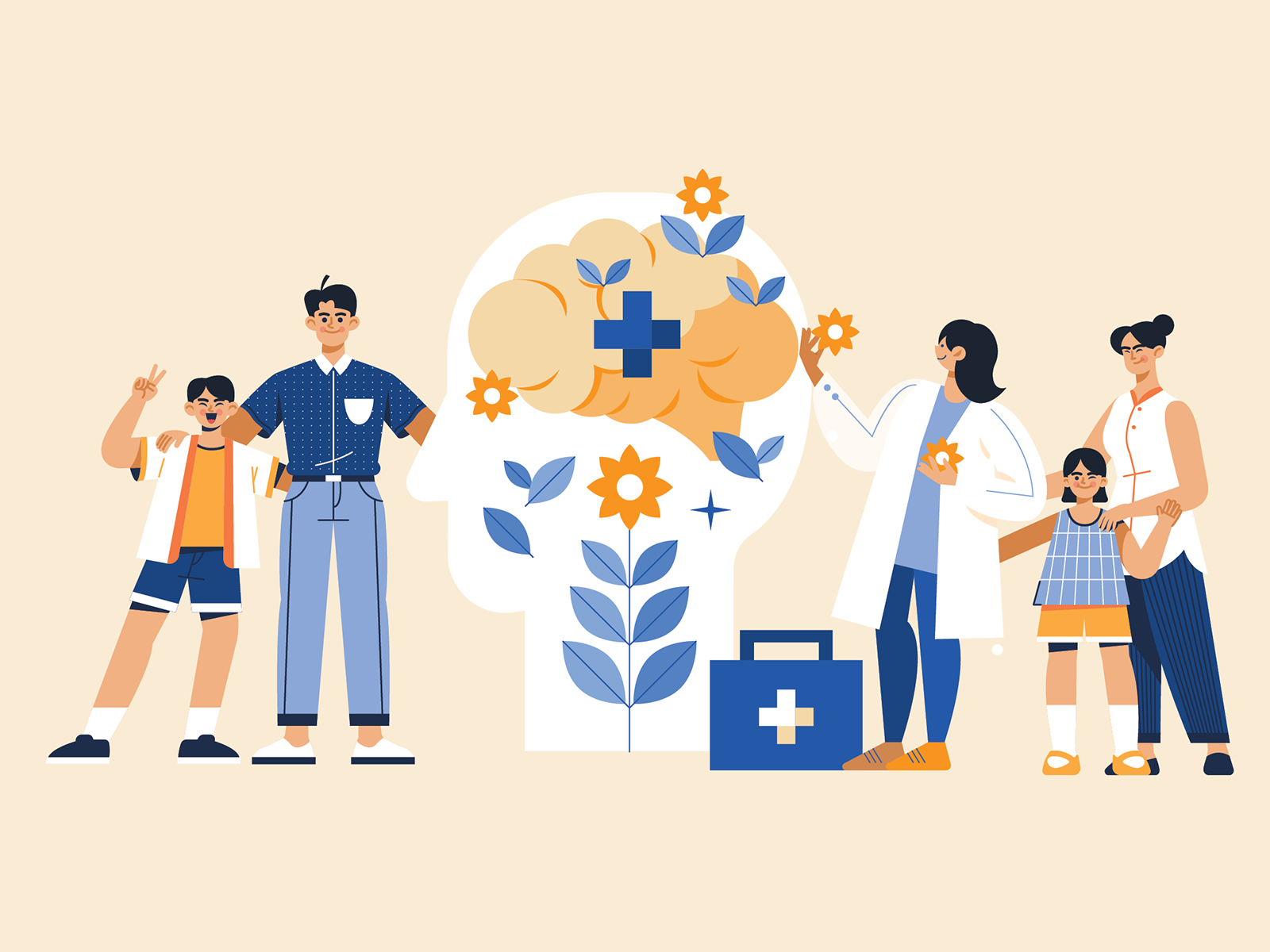
Issue 47
Aug 2023
IN VIVO
By Arifah Begum
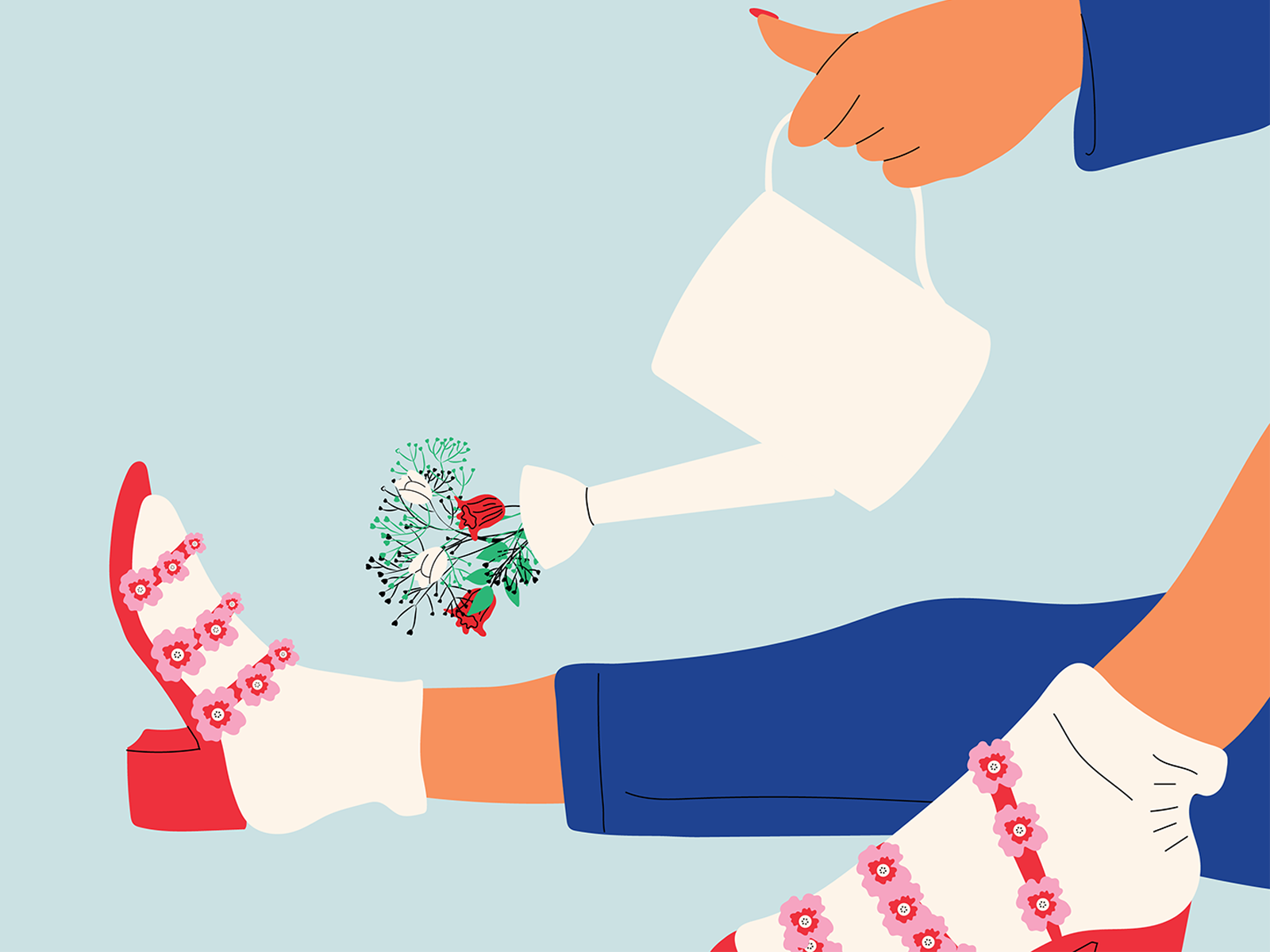
“Everyday is a new beginning.”
I wake each morning longing for an answer; will this be the day I am lucky enough to see my old leg again? Every day is a new beginning in learning how much I can walk or sit. This is my mosaic of grit-filled moments; of how I kept walking forward. This is my story of living with primary lymphedema, and how it has transformed me in the past six years.
Lymphedema (or LE) is an illness that you can’t understand at first sight. One leg is often almost twice the size of the other. It’s a condition that most people have never heard of, and even those who have, struggle to comprehend. Often met with blank stares or sympathetic nods, I began covering up my swollen limb, wrapped in compression stocking, along with my social anxiety, in loose pants and dresses.
I was 19, off to university, with numerous possibilities of making the most out of my roaring twenties at NUS. As an enthusiast in sports and dance, my interests uncontrollably wavered when I was hospitalised one day, for extreme swelling in my left leg. Just like that, without any gradual signs, LE turned my life upside down. When the lymphatic system is damaged, fluid or fats build up in the limbs, and lymph can’t flow through the body as normal. The affected limb swells every instance of the day, and the only way to keep this fluid down is via manual elevation.
I was only diagnosed correctly a year after an initial misdiagnosis. Cellulitis episodes are sometimes an unfortunate price that come with the illness, preventing me from completely walking for a week. I switched hospitals for the third time, and indeed, it was a charm. I found a doctor who was confident he could help me through two surgeries. I took a break from school, spent almost a month in the hospital, learned to walk again, tried to fade off surgery scars, and prayed my leg would just be normal once again. The surgeries shaved off some weight, and while I’m immensely grateful for that, it never fixed the root problem. That means I am only running against time each year.
Now, even little things such as standing for more than 20 minutes or getting tiny cuts can trigger a flare-up. My daily routine is a never-ending cycle of compression garments, elevation, painkillers and rest.
One of the challenging aspects of living with an invisible disability is the isolation that comes with it. It’s hard to ask for help when people can’t see what you’re going through on the inside. Self-consciousness, disgust, and helplessness are constantly familiar emotions I navigate from time to time. I’m still walking, and though I’m not on crutches, is 100% immobility the only way one is considered disabled?
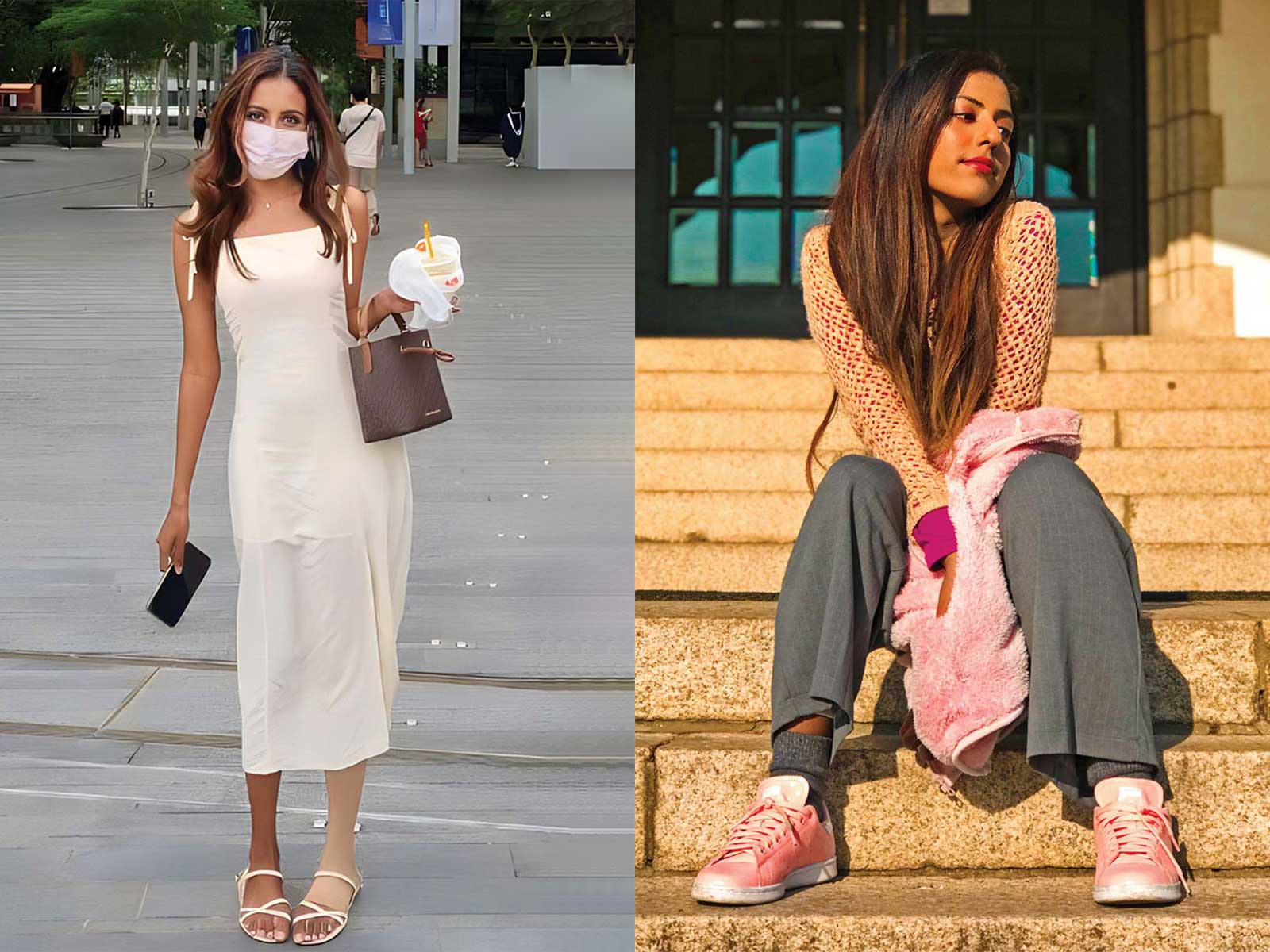
Left: A picture taken on commencement day, with my compression on. Right: Pre-surgery.
It’s even harder to explain why you can’t do something that is an everyday task to others—running for a bus, sitting with my legs down, or hiking. There have been times when I’ve felt like I’m carrying the weight of my illness alone, even when I’m surrounded by the ones closest to me. The heaviness in my limb after a long day amounts to the feeling of having a large brick tied around it, that I’ve simply learned to accept graciously—as an extension of who I am.
I’ve learned to be more patient with myself and to celebrate even the smallest of victories.”
Moping around was easy, but I didn’t want to limit myself and my expectations. I chose to make adjustments and craft a life with limitless possibilities. I’ve travelled abroad for a whole month. I keep fit with weekly yoga (from power flow to headstands). I climbed 3,000 steps in Santorini. I turn the emotions I have to sit uncomfortably with, into art. I’ve learned to be more patient with myself and to celebrate even the smallest of victories. The pursuit of a quality existence became worth embracing with open arms, no matter the situation presented.
Yoga is one of the most important aspects of my life. Having completely ruled out sports, starting my yoga journey two years ago has helped me to stay fit, and also serves as a practice for both my mind and body to be present in the moment. Practising yoga has improved the flexibility and strength of my leg tremendously, as the edema has impacted my mobility.

Coping with my condition requires me to incorporate some routines into my day. At work, I take some time in between to elevate my leg, which helps reduce swelling.
The incidence of primary lymphedema is low, affecting one in 100,000 people worldwide1.
My hope is to ignite a conversation about the need for increased funding for lymphedema research in Singapore, so that anyone suffering from LE can have an opportunity to claim the part of life they may have lost. Insurance often fails to cover medical costs incurred from necessary essentials such as garment replacements and drainage therapy, that help prevent extreme swelling day-to-day. LE needs to be seen as a valid illness and not just an unfortunate mishap in our bodies. Remember, it’s okay to ask for help, take breaks, and prioritise your health; even for invisible illnesses.
Henceforth, the first step towards embracing life is the slow journey of acceptance within myself. To not be ashamed when I look in the mirror. To nurture my body that goes against my wishes from time to time. To be thankful that my body remains a temple to my mind and soul, simply fighting together.

This was taken on a one-month trip to Rome in 2022, which I managed to enjoy very much.
By the time you finish reading this article, if the words “lymphedema” or “LE” are etched in your memory and you decide to pass on your newfound knowledge, that itself is a big step towards change. Lymphedema is no longer a leg condition that “just can’t be treated”. It’s a debilitating disease that needs our attention.
Continue reading When the Lymphatic System Fails: A Scientist and Clinician Explain.
https://doi.org/10.1038/s41572-021-00309-7.

